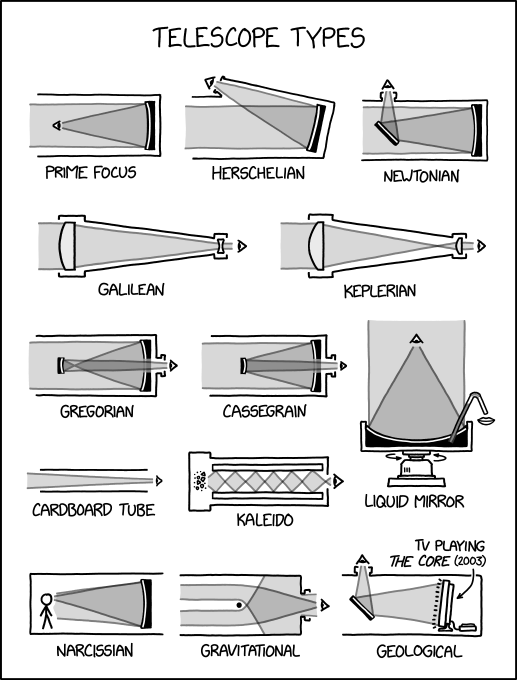
Zuurb beschreibt das, was er macht, als „Emotional electronic“: „Atmospheric, slow and sad music to bring people a bit of joy.“ Und das beschreibt sein Treiben außerordentlich gut. Wir haben uns ewig nicht gesehen, aber schreiben mindestens ein Mal im Jahr. Spätestens dann, wenn es um seinen Mix für den Kalender geht. Das hier ist sein mittlerweile 13. dafür. Krass gute Quote in der jetzt 21. Ausgabe. Und wie immer bei ihm mit ganz individueller Handschrift. Nur Zuurb selektiert Musik, wie Zuurb es tut. Immer eine Quelle der Emotionen. Auch derer, die ein bisschen traurig sein können. Ganz so wie das Leben. Das Leben in Klang. Verpackt für eine Reise zu sich selbst. Und dann kommt ein Beat…
Ich musste „Angrboda“ suchen, man kann ja nicht alles wissen. Nur damit ihr wisst, womit ihr es hier zu tun habt.
Angrboda (an Angrboða:„Angstbotin, -bringerin; Kummerbereitende“) ist in der nordischen Mythologie eine Riesin.
Sie gebiert in der Verbindung mit Loki drei Kinder: den Riesenwolf Fenrir, die Midgardschlange Jörmungand sowie die Totengöttin Hel. Wegen der Gefahr, die die Kinder für die Götter bedeuteten, wurde Fenrir mit der Fessel Gleipnir gebunden, Jörmungand von den Asen ins Meer geworfen und Hel in die Unterwelt gebannt, wo sie als Herrin der Toten waltet.
Angrboda wird häufig mit der „Alten vom Eisenwald“ (Alte im Jarnvidr) der Völuspá gleichgesetzt. Als solche gebar sie „die Brut Fenrirs“ Hati und Skalli sowie Managarm.
Style: Piano/Ambient
Length: 00:58:57
Quality: 320 kBit/s
Tracklist:
None.
Alle der diesjährigen Kalendermixe finden sich hier.

Vorneweg: ich habe mir diesen Titel nicht einfallen lassen, dass war kobpy selber. Und so wild wie der Titel ist dann auch dieser Mix. Natürlich. Vieles davon habe ich zuvor noch nie gehört – und das mag ich immer sehr. Weil inspirierend und so. Das ist keine Musik zum Hören, sondern zum Hinhören. Weil sie was zu sagen hat. In diesem Fall hier mehr als nur einmal und mehr als nur Hintergrundbeschallung – und eben so sehr anders. Mag ich sehr in dieser Konstellation als Summe aus einzelnen Teilen. Und einige von euch wahrscheinlich auch.
Ich gehe dazu dann jetzt mal in die letzten Vorbereitungen in die Küche und tobe mich hierzu zuhörend aus.
Style: Indie
Length: 02:02:09
Quality: 320 kBit/s
Tracklist:
sample – RIAS – Erinnerung an Jürgen Schiller
Torky Tork – Der Ton
Otto von Bismarck – Alles ist billig
Sirujmo, Erobique, Anna – Lehm
Karl Kave, Durian – Hühnerei (City Version)
PICOBELLO – Sicherheit
sample – Eugen Egner – zu jung für eine eigene hose
Conny Frischauf – Private Geheimsache
Musik für leere Diskotheken – Binnenschiffer
Piocka Krach, Gudrun Gut – Der Leichte Wind
Laturb – In the Meantime
Conny Frischauf – Roulette
Adolf Noise – Was ist zu viel Zeit
Fuffifufzich – Feel zu spät
Vormärz – Keine Zeit
Rosa Hoelger, Tobias Delitt – Wow, du bist ein Mensch mit Ambitionen
LimboBoys – Basy
Spike Jones and His City Slickers – All I Want For Christmas Is My Two Front Teeth
Fritzi Ernst – Introvert Memes
Es brennt – High
Ill Till, Xberg Dhirty6 Cru – Jedill Master
Conny Frischauf – Test
Spilif – Blüte
Dingsikaxi, Drunken Sinkers – Raumschiffbruchrettungsdienst
Welle: Erdball – VW-Käfer
sample – artcore_noreality-mashup:Tagesschau 02.11.25- L. Klingbeil, Gunter Gabriel, Greta Thunberg
Robert Alan – Kinder
sample – RIAS – Erinnerung an Jürgen Schiller
1000 Robota – Fahr weg
Gustav – Rettet die Wale
Ohrbooten – Meerchen
Die Türen – Miete Strom Gas (Thee Church Ov Acid House Remix)
Charlotte Brandi – GELD (Single Edit)
Romano – Brenn die Bank ab
Die Goldenen Zitronen – Von den Schwierigkeiten, die Regierung stürzen zu wollen
sample – RIAS – Erinnerung an Jürgen Schiller
Dingsikaxi, Betonmascha – Abbruch
Jens Friebe – Warum zählen die rückwärts Mami
Karl Kave, Julia Toggenburg – Punks und Klopapier
Fortuna Ehrenfeld – Auf’m Park & ride von Golgatha
Bernadette La Hengst – Alles wird immer besser (feat. Die Zukunft)
Funny van Dannen – Lass uns in den Park gehen
sample – Eugen Egner -. zu jung für eine eigene hose
Rainald Grebe – Für immer Punk
Früchte des Zorns – Passt aufeinander auf
sample – RIAS – Erinnerung an Jürgen Schiller
Alle der diesjährigen Kalendermixe finden sich hier.
There’s a new paper: “Autonomous language-image generation loops converge to generic visual motifs” — diffusion models have just 12 standard templates. [Cell; Cell, with supplements, PDF; press release]
The researchers set up bots talking to bots in a loop. They’d give a prompt to Stable Diffusion XL, it would make an image, then they’d show the image to Large Language and Vision Assistant (LLaVA) and ask what the image was. Then they’d feed that response back to Stable Diffusion as a prompt for another loop through. They did 100 rounds of this.
You’d have a starting prompt like:
the Prime Minister pored over strategy documents, trying to sell the public on a fragile peace deal while juggling the weight of his job amidst impending military action
The first few images would be a guy in a suit with glasses. But it very quickly ended up at an empty red room with high ceilings and three windows.
They expected the bots to stick with the prompt if it got a very specific prompt. But it didn’t. Everything converged on twelve standard templates:
sports and action imagery (cluster 0), formal interior spaces (cluster 1), maritime lighthouse scenes (cluster 2), urban night scenes with atmospheric lighting (cluster 3), gothic cathedral interiors (cluster 4), pompous interior design (cluster 5), industrial and vintage themes (cluster 6), rustic architectural spaces (cluster 7), domestic scenes and food imagery (cluster 8), palatial interiors with ornate architecture (cluster 9), pastoral and village scenes (cluster 10), and natural landscapes and animals with dramatic lighting (cluster 11).
A prompt that was not any of those groups always ended up at one of them.
When they extended it to 1000 loops, the bots might switch to a different template — but they always converged on one of the templates.
They also tried four other image generator bots and four other image reader bots — and all showed the same sort of clustering.
The researchers called it “visual elevator music — stock photography aesthetics”. Lead author Arend Hintze says “it’s almost the opposite of what we as humans consider creative.”
We know generative AI is just lossy compression of its training. It’s designed to put out the most mid result, and it’s got its favourite bits of the latent space. But it’s nice to nail down why AI images are so standard.
So the good news is this paper doesn’t have chatbots doing the heavy lifting. That’s humans looking at the results.
The researchers did use a chatbot to generate some of the prompts. They also ran the paper itself through a chatbot for “writing clarity.” Ew.
They also just had to put in this bit of bad philosophy:
This work also raises an interesting question regarding our creative landscape. After all, contemporary AI is a reflection of its training datasets, which in turn are a reflection of our own creative output. What does the convergence on common artistic motifs say about us?
What? Maybe it says nothing, actually, about humans who are not stock image sites? We’re talking about two piles of matrices altering each other in a loop, which were trained on what sells on Getty Images. Stop trying to anthropomorphise the chatbot.
Why did they add this paragraph? It reads like someone in the department told them they couldn’t just say the AI was trash without saying obligatory nice things too. For balance, you understand.
There’s a ton of money in machine learning these days. And it comes from the chatbot vendors.
So when you’re reading a machine learning paper, always look for load-bearing roulette wheels in the actual science bit. And there’s going to be one heck of a machine learning replication crisis.
Audio88 & Yassin kommen am 20.03.2026 mit neuem Album „Zeit zu sterben“ und haben – ganz zu Recht – mal wieder verdammt schlechte Laune.


